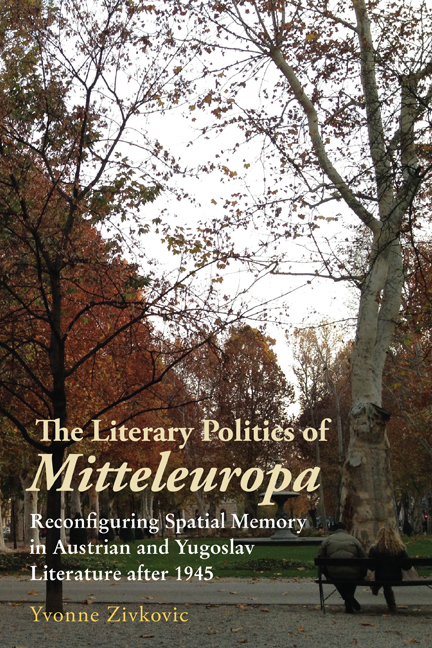 The Literary Politics of Mitteleuropa
The Literary Politics of Mitteleuropa Published online by Cambridge University Press: 23 March 2021
SINCE THE FIRST WAVE of critical Mitteleuropa writing in the interwar period, the discourse has been caught between the dichotomy of its political and poetical implications. Its assessment depended on which camp one chose: Siding with the poets’ idea of Mitteleuropa connoted, particularly since the interwar years in Austria, a sense of regional solidarity that transcended national, ethnic, and religious affiliations, and that was firmly grounded in the memory of the Habsburg Empire. It thrived off bourgeois ideas of education and the mediating powers of its cultural production, be that literature, the arts, or philosophy. As such it was revived by the Eastern European dissidents of the 1980s, who sought to distinguish it from the Mitteleuropa of the politicians, since the (geo) political term “Mitteleuropa” evoked associations of German expansionist and imperialist aspirations that had been developed since the midnineteenth century. In this context, Central Europe appeared merely as coveted geographical territory, a scarcely populated space awaiting cultivation and proper administration. It generally regarded the local population as culturally inferior and in need of civilizing education (which pitted Germans against Slavs, but also Jews and other minorities). In its moderate expression this translated into a civilizing mission led by the Germans; under totalitarian auspices, it turned into a plan for the displacement, enslavement, and extinction of the undesirable majority of its Slavic and Jewish population. Hitler's objective to conquer this “Lebensraum im Osten” (living space in the east) on behalf of the space-deprived German people was a major motivation for the instigation of the Second World War—it is not a coincidence that it began with the occupation of Poland, which had been claimed as German territory by Pan-German agitators since the mid-nineteenth century. With the almost seamless takeover by Soviet rule after the war, which stripped Poles, Czechs, Hungarians, and others of their national sovereignty once more, the collective identity of Central Europe came to be associated with the experience of displacement, as Czesław Miłosz explained in 1986: “Central Europe is hardly a geographical notion. It is not easy to trace its boundaries on the map even if, while walking the streets of its cities, we do not doubt of its survival, whether that be in my native Wilno, or the differently baroque Prague or medieval-Renaissance Dubrovnik.
To save this book to your Kindle, first ensure [email protected] is added to your Approved Personal Document E-mail List under your Personal Document Settings on the Manage Your Content and Devices page of your Amazon account. Then enter the ‘name’ part of your Kindle email address below. Find out more about saving to your Kindle.
Note you can select to save to either the @free.kindle.com or @kindle.com variations. ‘@free.kindle.com’ emails are free but can only be saved to your device when it is connected to wi-fi. ‘@kindle.com’ emails can be delivered even when you are not connected to wi-fi, but note that service fees apply.
Find out more about the Kindle Personal Document Service.
To save content items to your account, please confirm that you agree to abide by our usage policies. If this is the first time you use this feature, you will be asked to authorise Cambridge Core to connect with your account. Find out more about saving content to Dropbox.
To save content items to your account, please confirm that you agree to abide by our usage policies. If this is the first time you use this feature, you will be asked to authorise Cambridge Core to connect with your account. Find out more about saving content to Google Drive.